In various fields such as outdoor advertising, stage performances, and even indoor conferences, LED displays are playing an increasingly important role. However, faced with a wide variety of products on the market, many consumers are confused: why do LED screens vary so much in price and performance when they look similar?
The answer largely lies in those tiny lamp beads. Lamp beads are the "pixels" of the display, and their packaging technology directly determines the screen's display effect, stability, lifespan, and applicable scenarios. Today, we will deeply analyze the mysteries of mainstream DIP, SMD, and emerging COB/IMD packaging technologies, with special interpretation of Kingaurora DIP570, the outdoor display expert's technical choice.
DIP, commonly known as Dual In-line Package, was the earliest mainstream packaging method for outdoor displays. For example, the DIP346 lamp bead is independently packaged with red, green, and blue beads, which are then combined into one pixel. The characteristic is that the lamp bead has a long "pin" that needs to be inserted into the holes of the PCB board for welding.
The LED chip is fixed in a "bowl cup"-shaped reflection cavity, and then potted with epoxy resin to form independent lamp beads.
It is difficult to achieve small pitch, the screen pixel density is low, close viewing shows obvious graininess, and it is not suitable for indoor applications.
Traditional DIP technology is also evolving. Taking Kingaurora, which has been focused on outdoor applications for 16 years, as an example, the DIP570 lamp bead encapsulates red, green, and blue LED chips together. Different combinations can produce light of various colors. Because the lamp bead volume is large, it can accommodate larger chips, so its luminous efficiency is high, and it can achieve strong brightness output at lower currents. Especially in outdoor strong light environments, the high brightness of DIP570 lamp beads makes their power consumption relatively low when achieving the same brightness.
SMD, or Surface Mount Device, is the absolute mainstream for indoor displays and some outdoor displays. Its characteristic is that the LED chip is directly packaged in the cup of the bracket and then soldered to the surface of the PCB board.
The red, green, and blue chips are packaged in the same bracket to form a complete pixel point, which is attached to the PCB board through surface mount technology (SMT).
Waterproof, moisture-proof, and UV resistance are relatively weak compared to DIP (although it can be compensated by potting, it increases process complexity and cost). The brightness is usually lower than that of similar DIP products, and heat dissipation is slightly worse.
In pursuit of more extreme display effects and stability, new packaging technologies have emerged.
Technical principle: Directly package LED chips in batches on the entire PCB board without brackets, and then cover and protect with epoxy resin.
Core advantages:
Disadvantages: High initial maintenance cost, extremely high requirements for packaging process and equipment, expensive.
IMD can be regarded as a "middle ground" between SMD and COB, also known as "four-in-one" Mini LED technology.
Technical principle: First integrate multiple Mini LED chips into a small unit (such as 2x2, 4x4 pixel matrix), and then attach this integrated unit to the PCB board like an SMD lamp bead.
Core advantages:
Disadvantages: The technical complexity is between the two.
DIP (e.g. Kingaurora DIP570): Outdoor billboards, building giant screens, highway billboards, gas station screens and other occasions that require extremely high reliability, brightness and environmental adaptability.
SMD: The absolute main force of indoor LED displays (such as conference screens, command centers, shopping mall atrium screens), rental screens, TV studios and outdoor occasions with high pixel requirements (require waterproof treatment).
COB: High-end conference all-in-one machines, command and control centers, radio and television, medical displays, education screens and other indoor fields with stringent requirements for reliability and picture quality.
IMD: High-end commercial displays, radio and television, indoor micro-pitch (P0.9~P1.5) markets with high requirements for pixel gap and reliability.
| Feature | DIP (e.g. Kingaurora DIP570) | SMD | COB | IMD |
|---|---|---|---|---|
| Pixel Pitch | Large pitch (P6 and above) | Small pitch (P0.6~P10) | Micro pitch (P0.5~P1.5) | Micro pitch (P0.9~P1.5) |
| Protection | Extremely strong (IP68) | General (requires potting) | Extremely strong | Strong |
| Brightness | Super high | High | High | High |
| Resolution/Fineness | Low | High | Extremely high | Extremely high |
| Main Scenarios | Outdoor (advertising, architecture) | Indoor (mainstream), outdoor (after treatment) | High-end indoor (command, conference) | High-end indoor (commercial, broadcasting) |
| Cost | Medium | Low | High | Medium-high |
Outdoor advertising operators: If you pursue extreme stability and long life, and are not afraid of wind and rain and extreme climate, then high-performance DIP products like Kingaurora DIP570 are your best choice.
Indoor conference screen or stage background screen: If you pursue high cost performance and clear picture quality, mainstream SMD displays are sufficient for most needs.
Command control center, high-end commercial exhibition hall or broadcasting studio: If you have sufficient budget and pursue top reliability, stability and picture quality, then COB or IMD micro-pitch products are the future direction.
As a professional brand focused on outdoor LED display for 16 years, Kingaurora deeply understands the challenges faced by outdoor displays. Its flagship product DIP570 lamp bead is an innovative solution specifically designed to solve the pain points of outdoor environments:
Special optimization for outdoor grid screens:
Core problems solved:
Kingaurora DIP570 lamp bead technology has been verified by actual projects in many high temperature and high humidity regions around the world, proving its excellent performance and reliability in extreme outdoor environments.
There is no best packaging technology, only the most suitable product choice. Understanding the technical logic behind the lamp beads can help you make the wisest decision in the complex market.
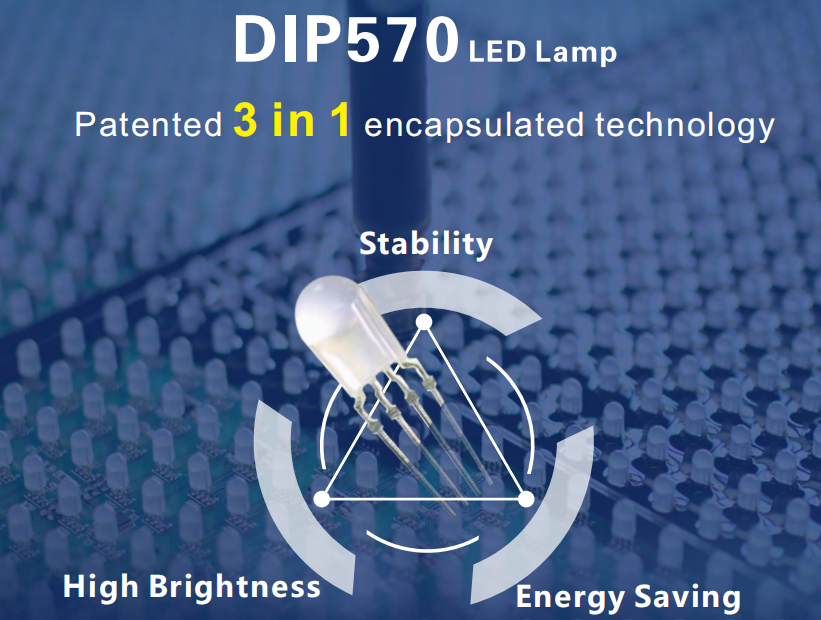








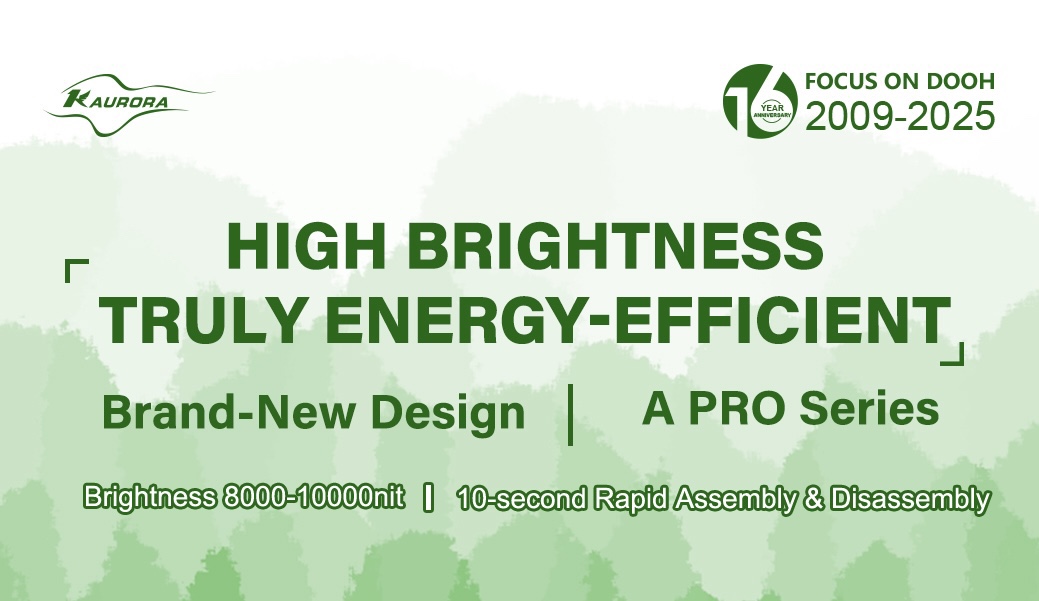
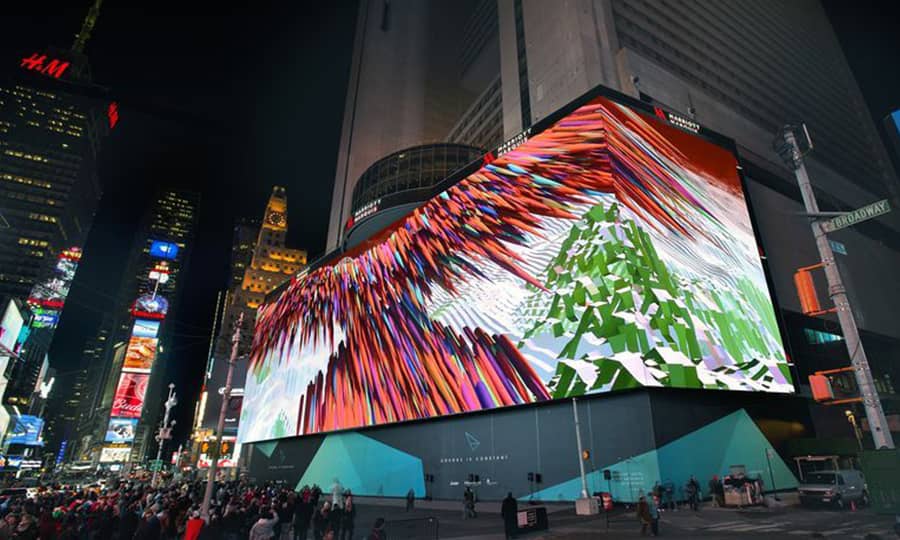
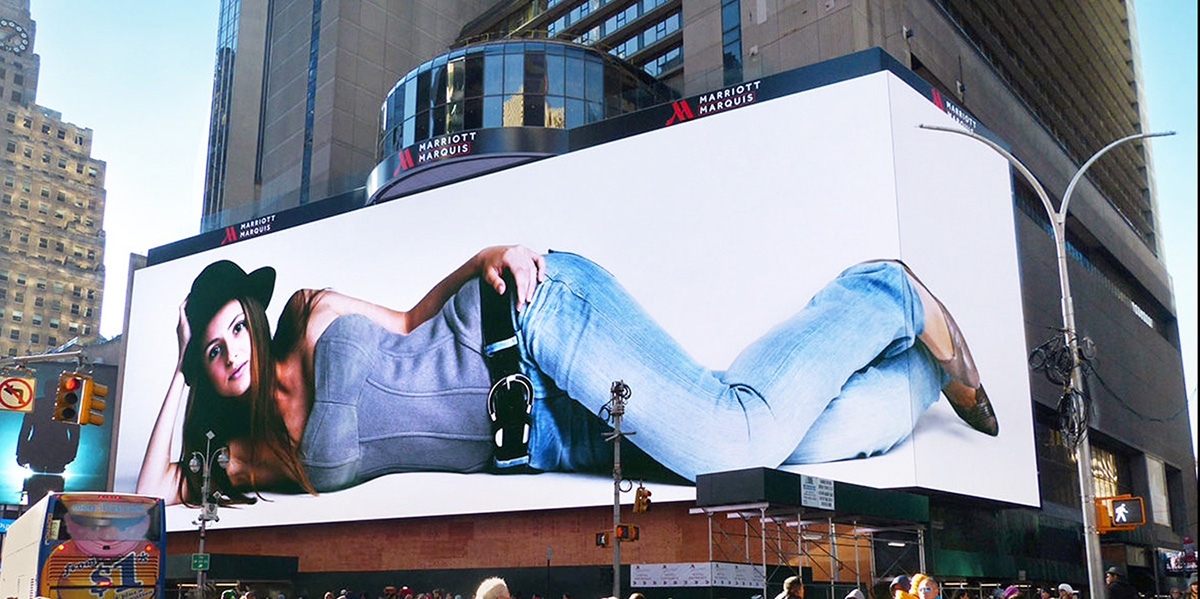
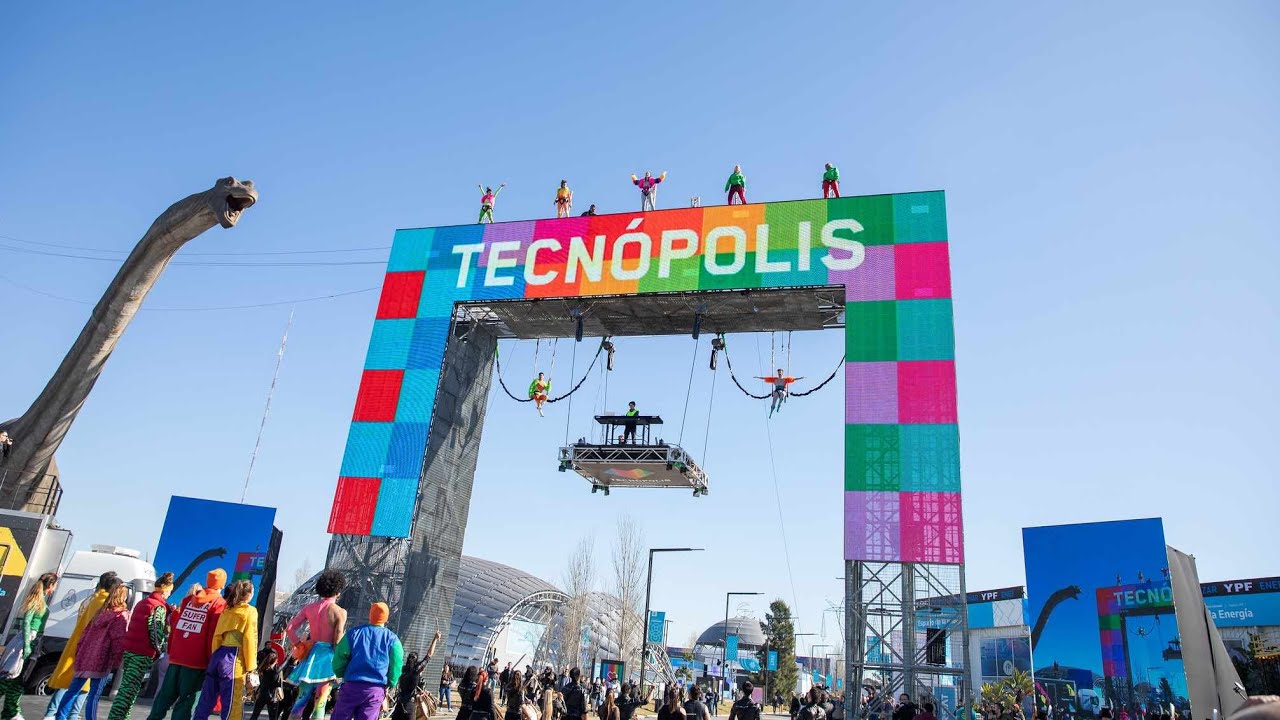
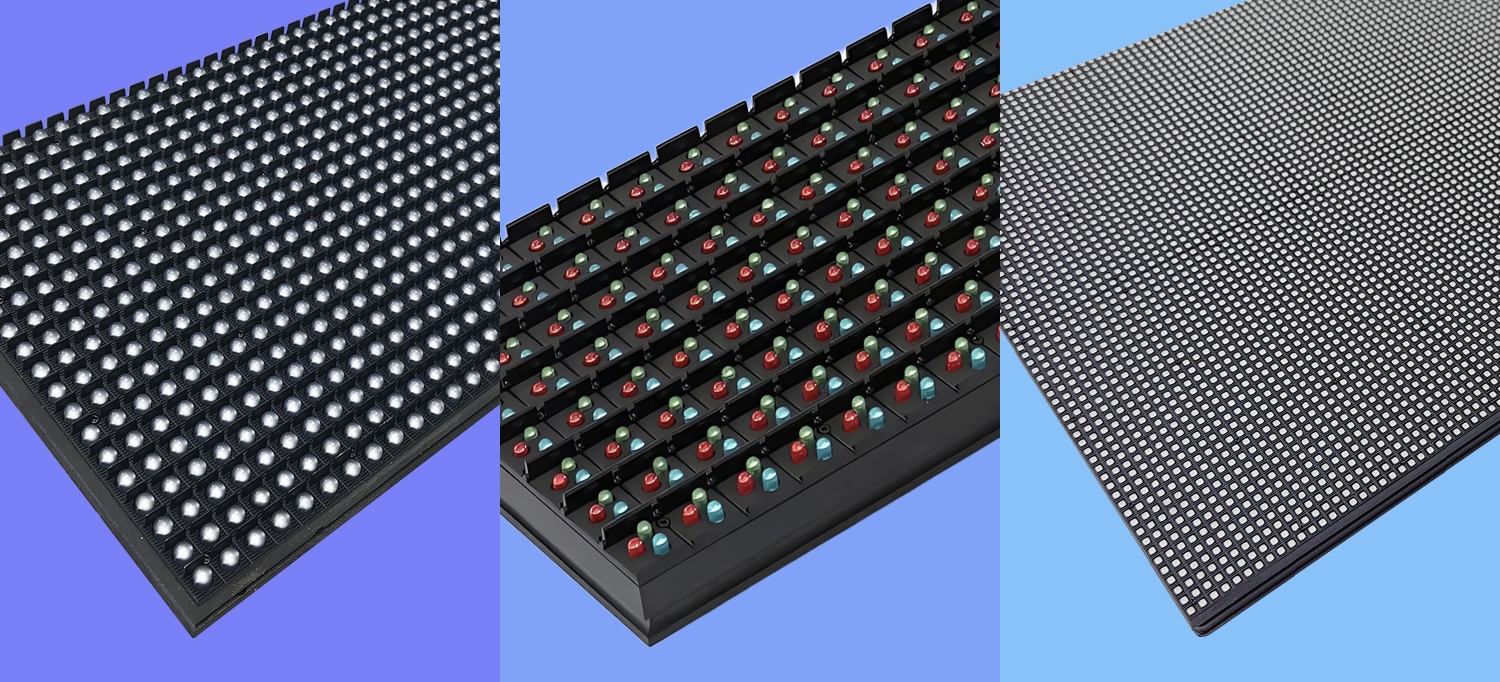
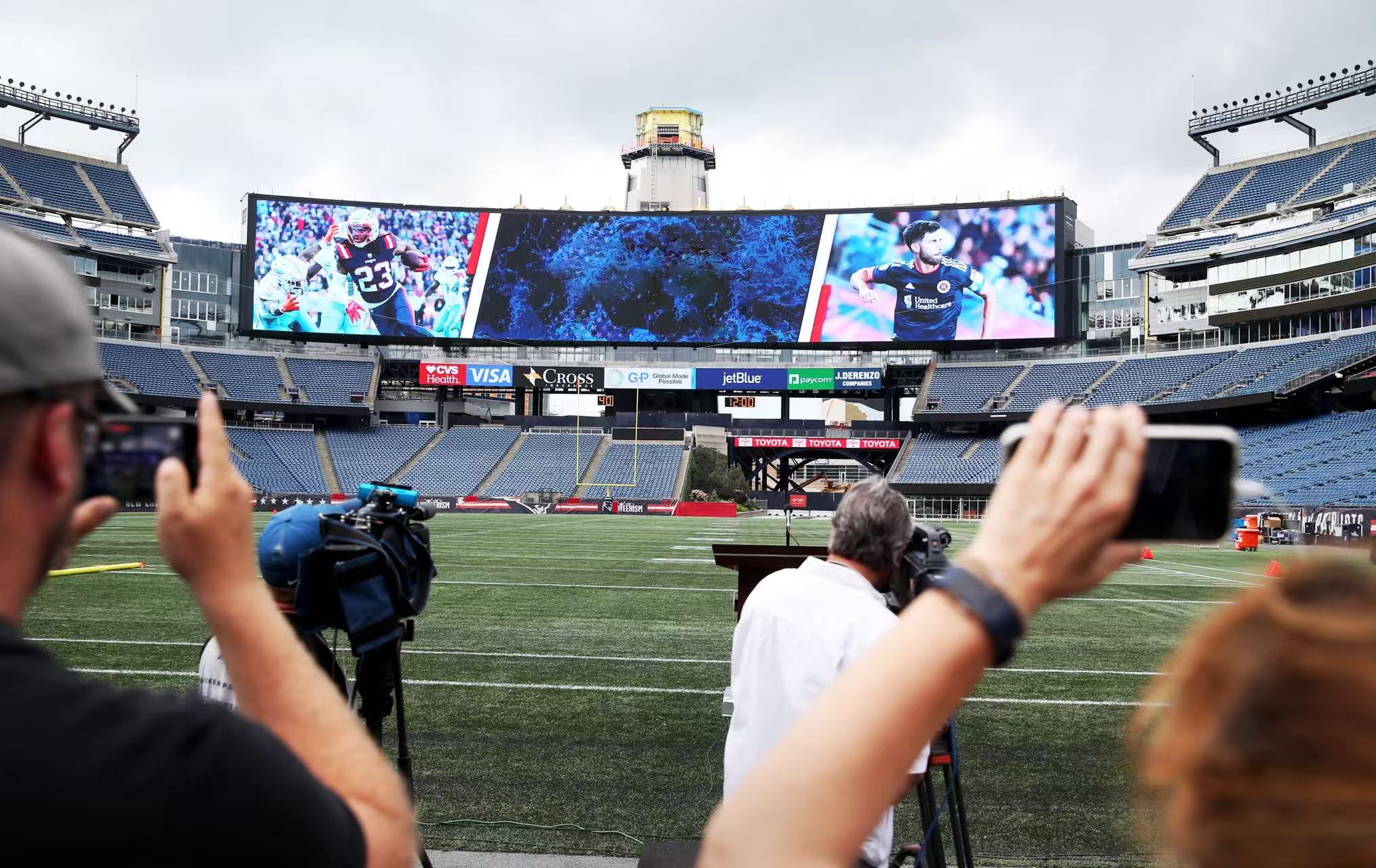
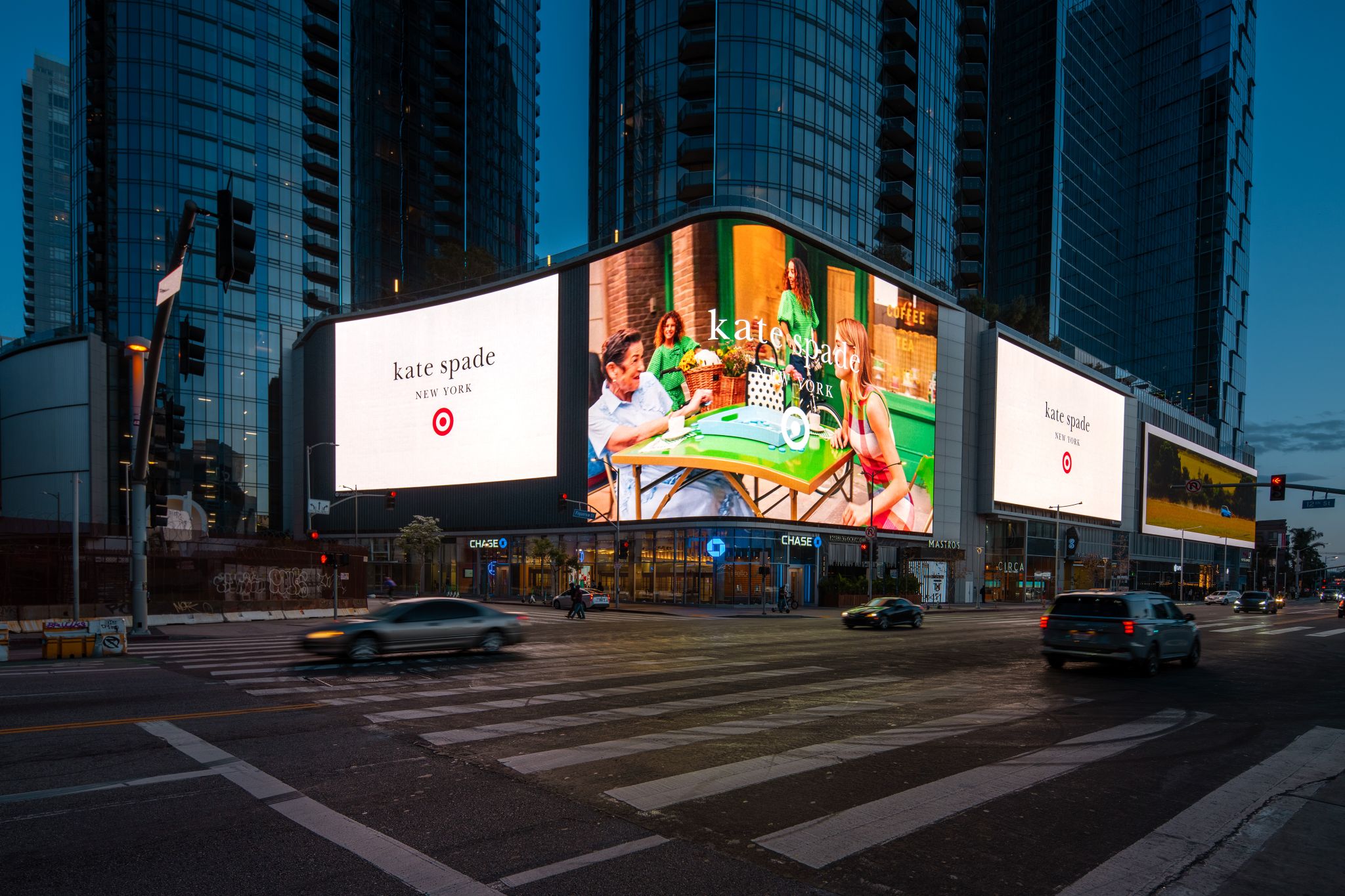

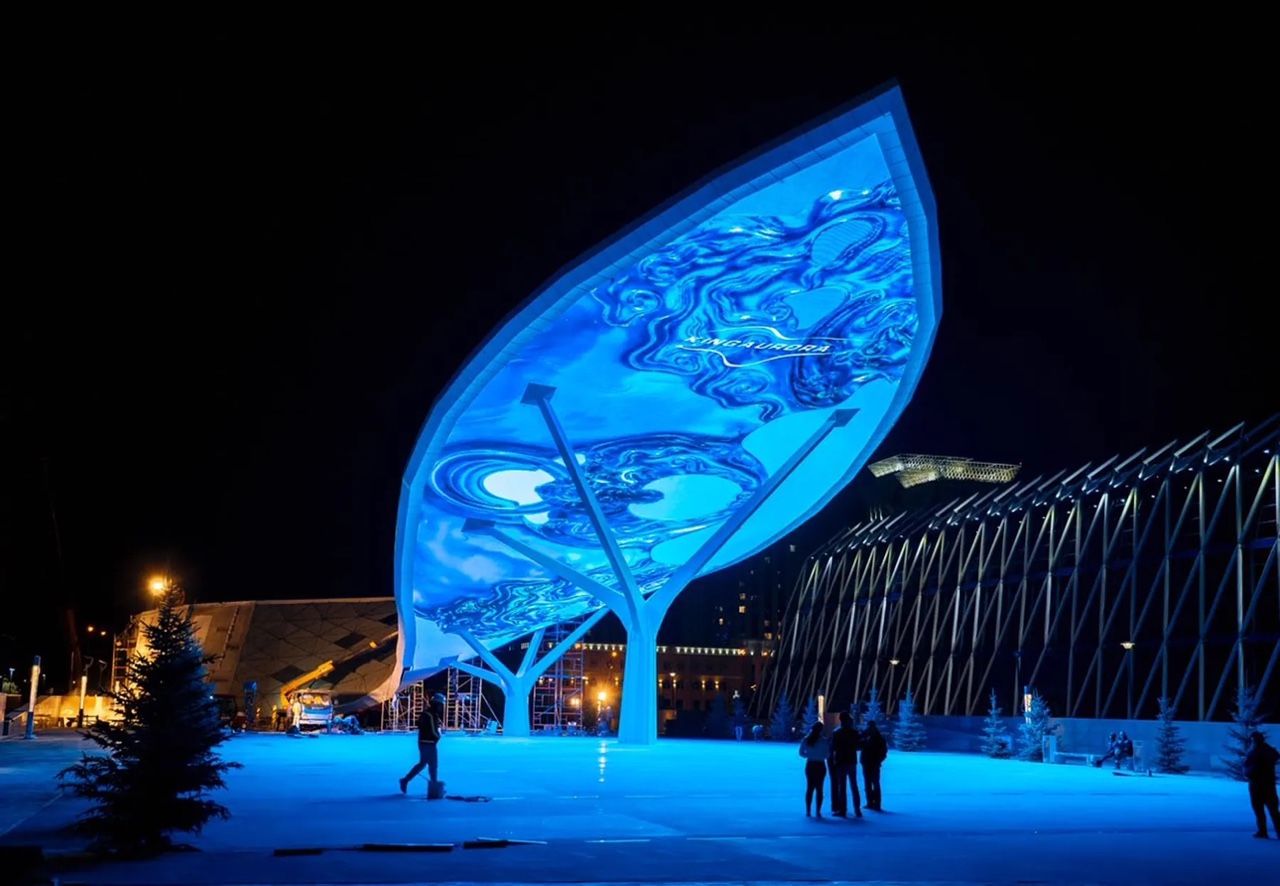
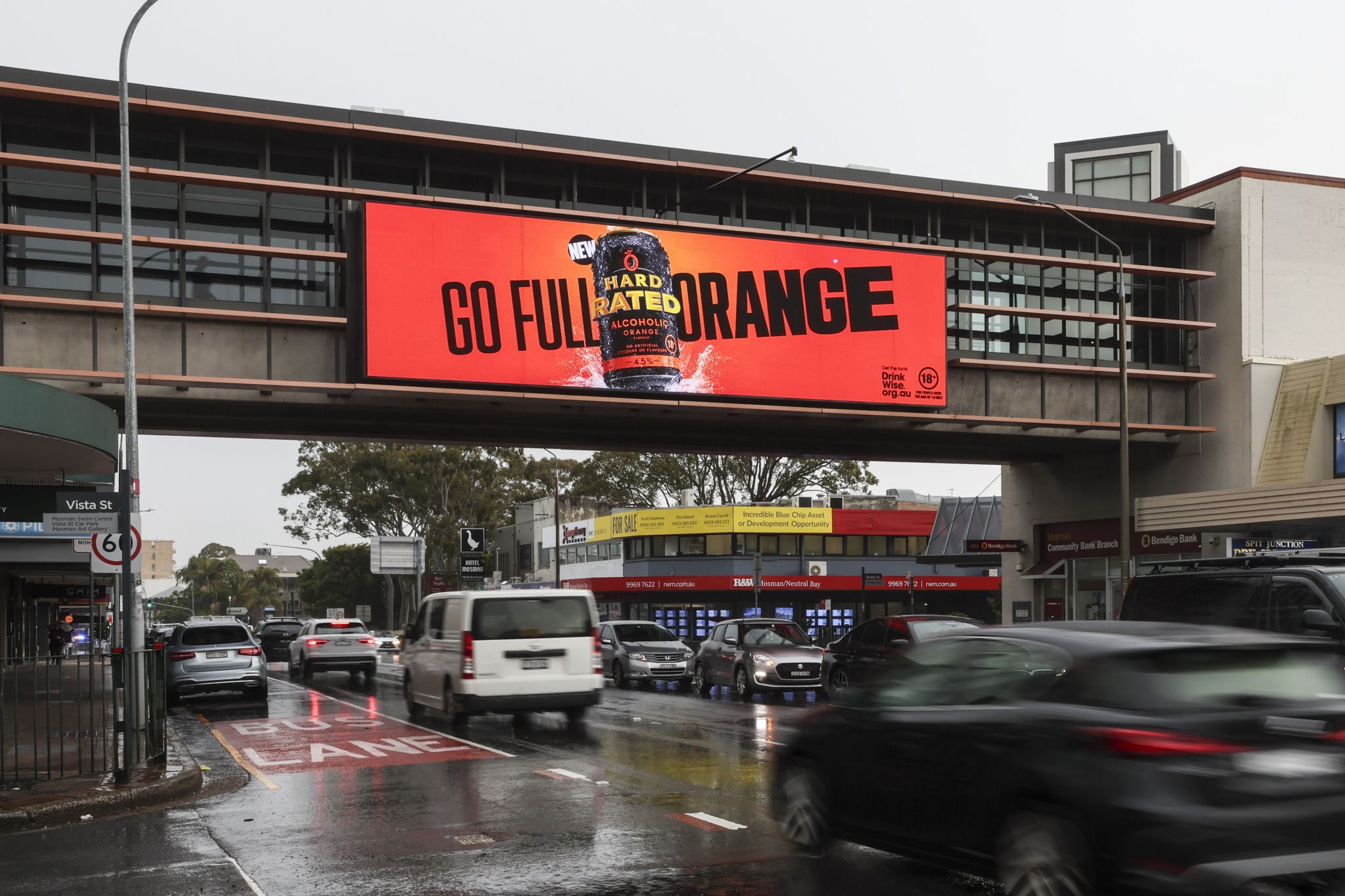
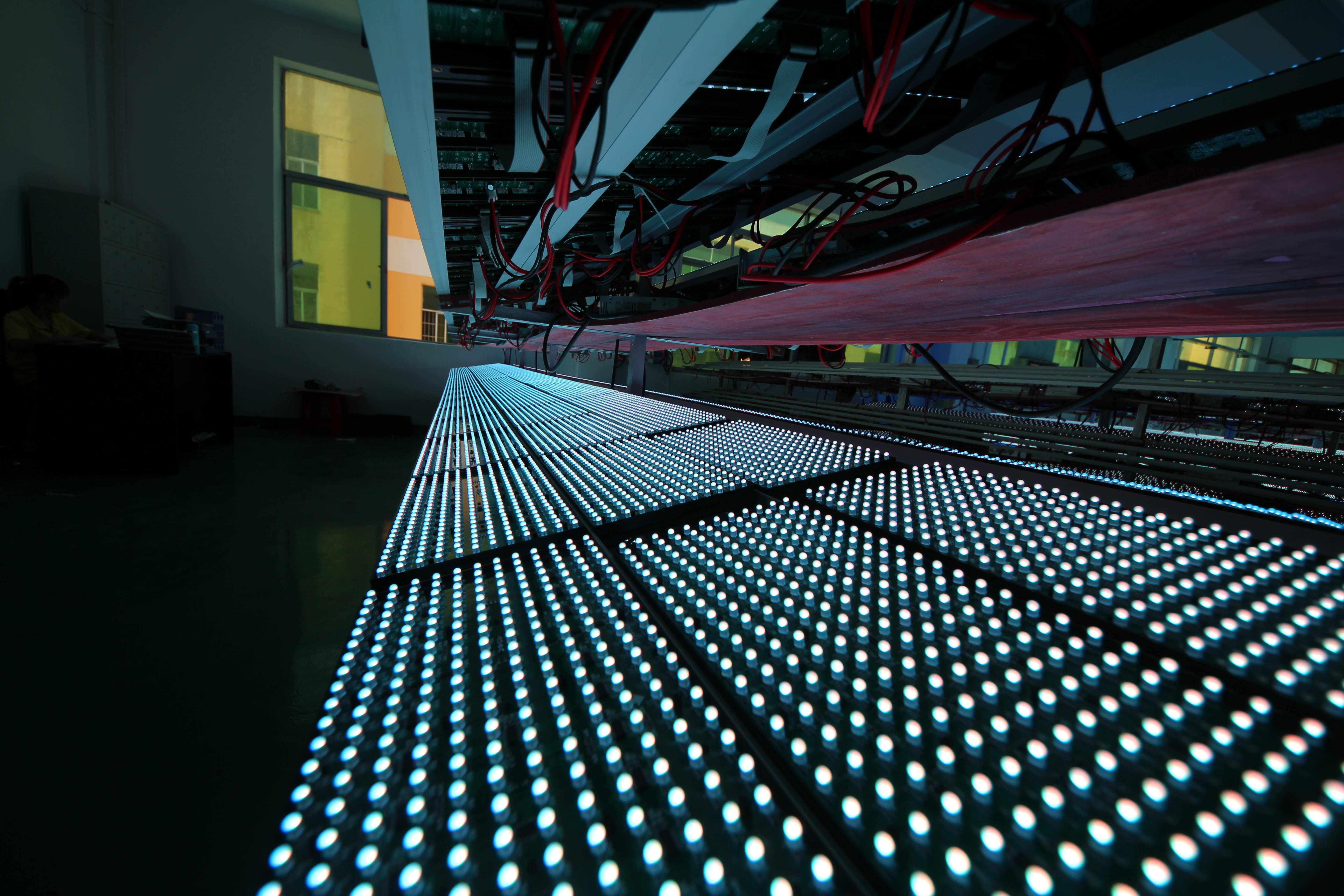

3th Building,Gaosite Zone Pingshan
New District, Shenzhen

sevice88@kingaurora.com
3th Building,Gaosite Zone Pingshan
New District, Shenzhen